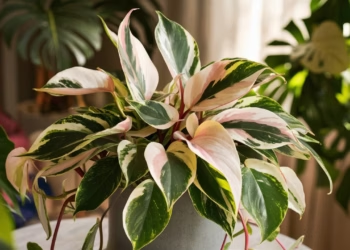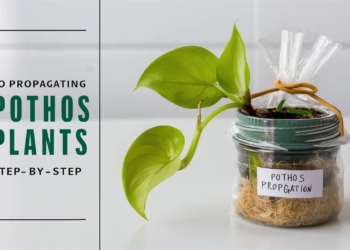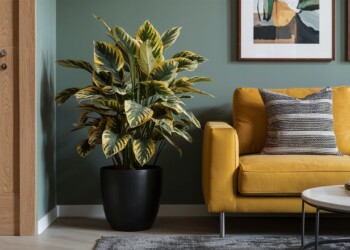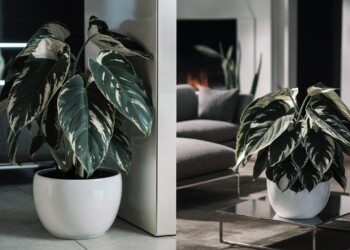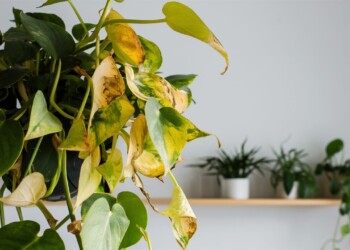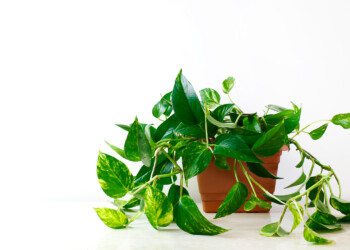Welcome, fellow plant enthusiasts, to the ultimate guide on mastering gardenia plant indoor care – your ticket to lush, fragrant blooms right in the comfort of your home! Growing gardenias indoors is like nurturing a delicate dance partner; they require just the right balance of light, water, and TLC to flourish. But fear not! With a little know-how and a sprinkle of green-thumb magic, you’ll soon be reveling in the beauty and scent of these captivating flowers.
So, are you ready to embark on this botanical adventure? Let’s dive in and unlock the secrets of successful gardenia plant indoor care – Guide For Growing Gardenias Indoors!
Selecting the Perfect Gardenia
Before we roll up our sleeves and get our hands dirty, let’s talk about choosing the perfect gardenia plant for indoor cultivation. Whether you’re starting from seeds or opting for a pre-potted beauty, here’s what to consider:
1. Variety Matters
- Opt for dwarf or compact gardenia varieties suited for indoor growth, such as Gardenia jasminoides ‘Radicans’ or ‘Kleim’s Hardy’.
- Check the plant label for information on size and light requirements to ensure a good fit for your space.
2. Health Check
- Inspect the leaves for signs of pests, yellowing, or browning, which could indicate underlying issues.
- Choose plants with lush, green foliage and sturdy stems for the best chance of success.
3. Fragrance Test
- Give the leaves a gentle squeeze to release their signature fragrance. A strong, sweet scent is a good indicator of a healthy gardenia.
Now that you’ve found your perfect match, let’s move on to setting the stage for their indoor debut!
Creating The Best Place To Plant Gardenia
Just like us, gardenias have their preferences when it comes to living conditions. Providing the right environment is key to their happiness and longevity. Here’s how to create a cozy haven for your gardenia plant indoor care – Guide For Growing Gardenias Indoors:
1. Lighting
- Place your gardenia in a bright location with indirect sunlight, such as near a south or west-facing window.
- Avoid direct sunlight, as it can scorch the leaves and cause sunburn.
2. Temperature and Humidity
- Maintain a consistent temperature range of 65-70°F (18-21°C) during the day and slightly cooler at night.
- Gardenias thrive in high humidity environments, so consider using a humidifier or placing the pot on a pebble-filled tray with water to increase moisture levels.
3. Air Circulation
- Ensure good air circulation around the plant to prevent stagnant air, which can lead to fungal diseases.
- Gentle breezes from an open window or a ceiling fan set to low can help mimic their natural habitat.
With the stage set and the spotlight on your gardenia, it’s time to address their daily needs!
Daily Care Routine
Just like any diva, gardenias appreciate a little pampering to keep them looking their best. Here’s a daily care routine to ensure your gardenia plant indoor care – Guide For Growing Gardenias Indoors thrives:
1. Watering
- Keep the soil consistently moist but not waterlogged. Water when the top inch of soil feels dry to the touch.
- Use room temperature water to avoid shocking the roots, and aim to water at the base of the plant to prevent wetting the foliage.
2. Feeding
- Feed your gardenia plant monthly during the growing season (spring through summer) with a balanced, water-soluble fertilizer formulated for acid-loving plants.
- Follow the manufacturer’s instructions for dilution and application rates to avoid overfeeding, which can damage the delicate roots.
3. Maintaining Soil Supremacy
Nourish your gardenias with the elixir of well-draining, acidic soil, enriched with amendments to optimize pH levels. Whether in-ground or in containers, furnish them with a habitat conducive to robust root development and prolific blooming.
4. Pruning and Grooming
- Remove spent blooms and yellowing leaves promptly to encourage new growth and prevent disease spread.
- Prune selectively to maintain the desired shape and size, focusing on removing crowded or crossing branches.
5. Vigilance against Pests
Stand sentinel against the incursions of pests, ever vigilant in your defense of floral opulence. Rout intruders with the arsenal of natural remedies, safeguarding the integrity of your gardenias and preserving their resplendent allure.
6. Sustaining Floral Promise
Embark on a quest to shield your gardenias from the anguish of bud drop, the harbinger of floral disappointment. Maintain unwavering consistency in environmental conditions, thereby nurturing the burgeoning promise of blooms.
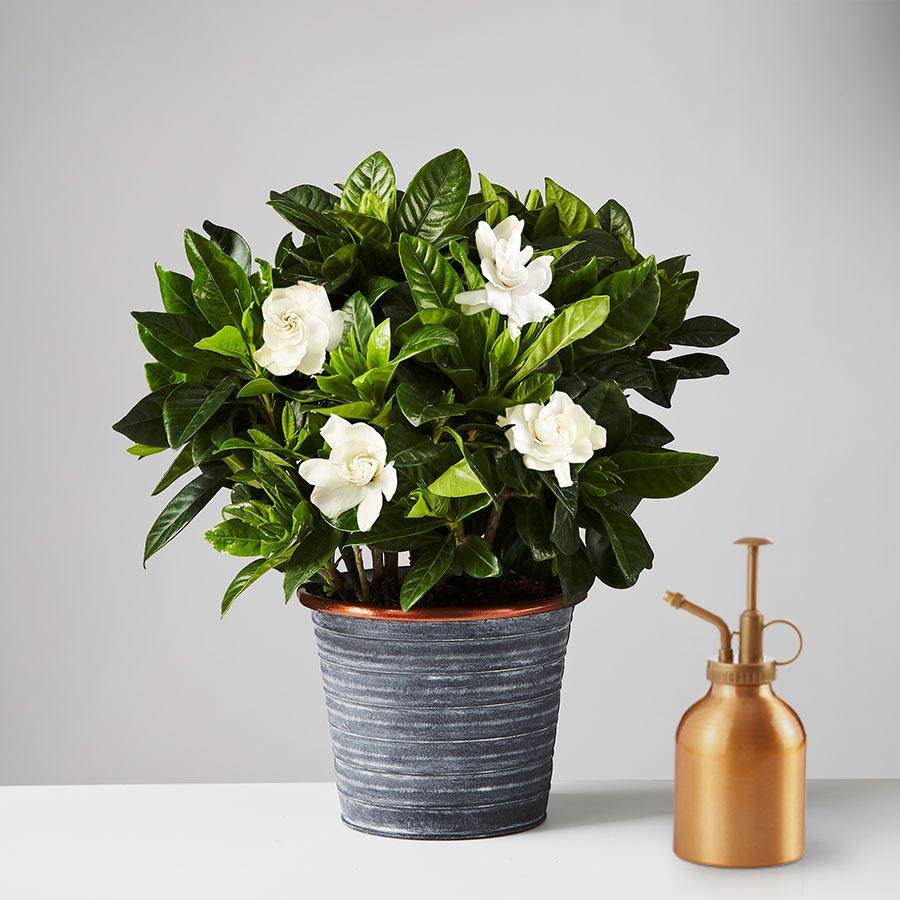
With a little love and attention, your gardenia will be the star of the show in no time! But what if you encounter bumps along the botanical road?
Troubleshooting Common Issues
Even the most seasoned plant parents face challenges from time to time. Here’s how to troubleshoot common gardenia woes like a pro:
1. Yellowing Leaves
- Yellowing leaves can indicate a range of issues, from overwatering to nutrient deficiencies. Check the soil moisture levels and adjust watering accordingly, and consider fertilizing with a nitrogen-rich fertilizer if needed.
2. Bud Drop
- Bud drop can occur due to fluctuations in temperature, humidity, or improper watering. Ensure consistent growing conditions and avoid drastic changes that could stress the plant.
3. Pest Infestations
- Keep an eye out for common gardenia pests such as aphids, mealybugs, and whiteflies. Treat infestations promptly with insecticidal soap or neem oil, taking care to cover both the tops and bottoms of leaves.
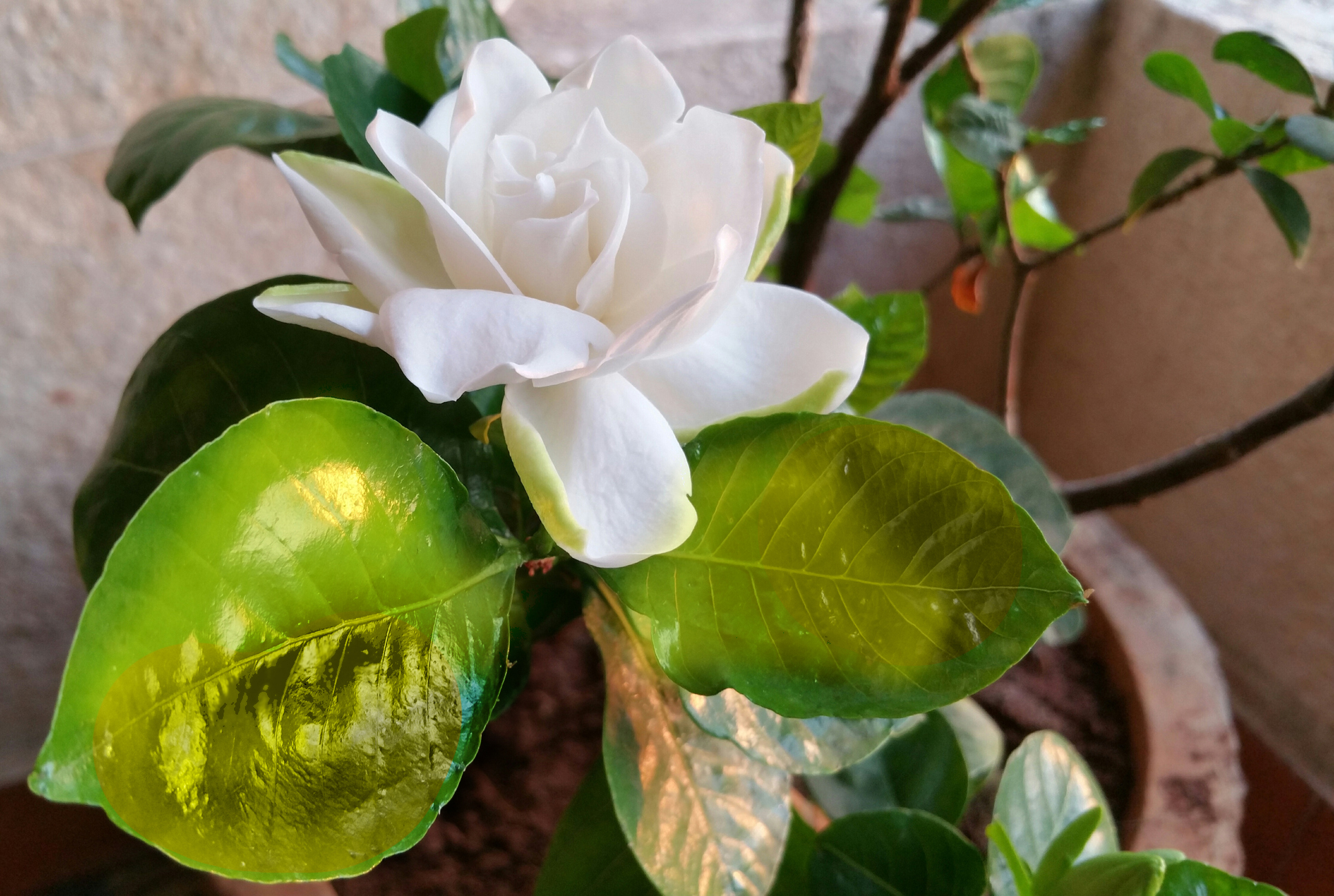
By staying vigilant and addressing issues promptly, you’ll keep your gardenia plant happy and healthy for years to come!
Congratulations, you’ve now graduated from novice to expert in the art of gardenia plant indoor care – Guide For Growing Gardenias Indoors! Armed with the knowledge and tips shared in this guide, you’ll be able to create an indoor oasis filled with the beauty and fragrance of these exquisite flowers. Remember, patience and perseverance are key as you embark on this botanical journey. So go ahead, unleash your inner green thumb, and let your gardenia flourish! Happy gardening!
FAQs
How do you keep gardenias alive indoors?
To keep gardenias alive indoors, provide them with bright, indirect sunlight, consistent moisture, and high humidity. Use well-draining soil and water when the top inch of soil feels dry. Mist the leaves regularly and consider using a humidifier to maintain humidity levels. Avoid drafts and temperature fluctuations, and fertilize every 4-6 weeks during the growing season with a balanced fertilizer formulated for acid-loving plants.
Is gardenia good for indoor?
Gardenias can be grown indoors if their specific needs are met, including ample light, humidity, and proper care. While they can thrive indoors under the right conditions, they require attention to detail to prevent issues such as yellowing leaves or poor blooming.
Do gardenias bloom all year indoors?
Gardenias typically do not bloom all year indoors. While they may produce sporadic blooms throughout the year, their main blooming period usually occurs in late spring to early summer. Providing optimal conditions, such as proper light, humidity, and care, can encourage more consistent blooming.
How often should I water my gardenia indoors?
Water your indoor gardenia when the top inch of soil feels dry to the touch. Typically, this translates to watering once or twice a week, depending on factors such as temperature, humidity, and the specific needs of your plant. Avoid overwatering, as gardenias are susceptible to root rot.
Why is my indoor gardenia dying?
Several factors could contribute to the decline of an indoor gardenia, including insufficient light, improper watering (either over or underwatering), low humidity, pest infestations, or temperature fluctuations. It’s essential to assess the plant’s environment and address any issues promptly to prevent further decline.
How to get indoor gardenias to bloom?
To encourage indoor gardenias to bloom, provide them with bright, indirect sunlight, maintain high humidity levels through misting or using a humidifier, and fertilize regularly during the growing season with a balanced fertilizer formulated for acid-loving plants. Ensure consistent moisture and avoid stressors such as temperature fluctuations or drafts. Prune gardenias after flowering to promote new growth and future blooms.

